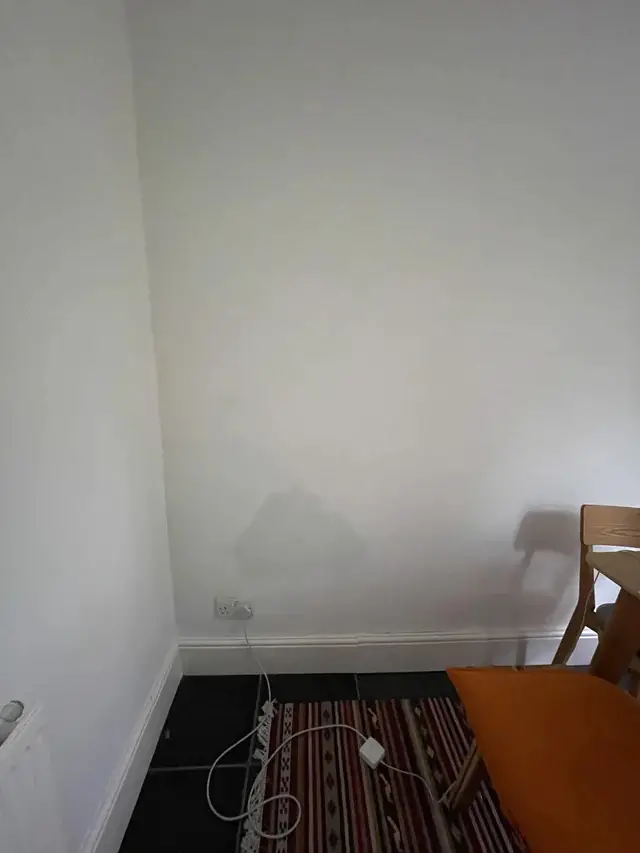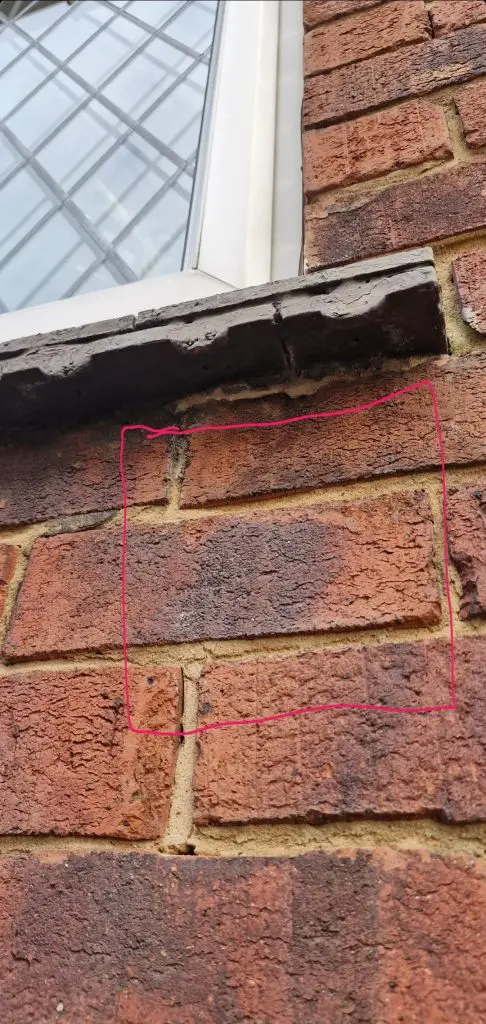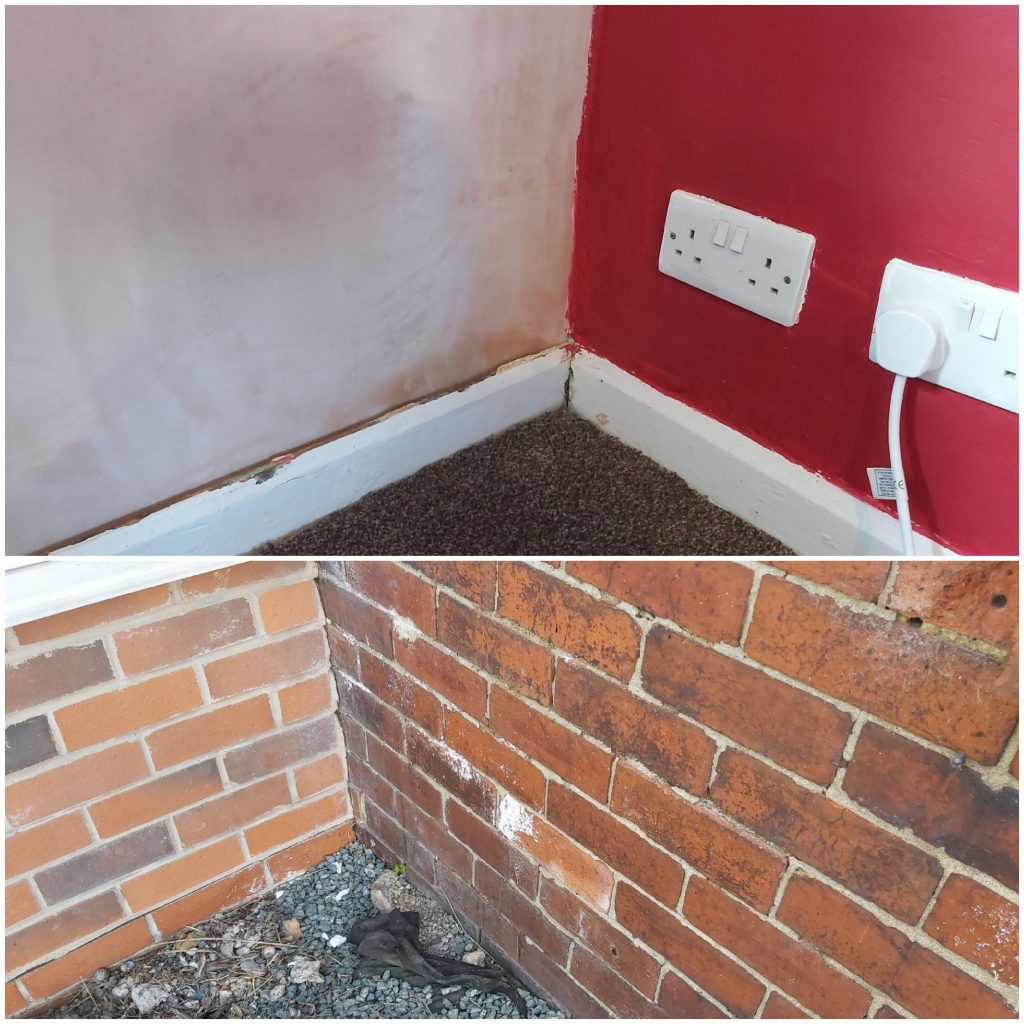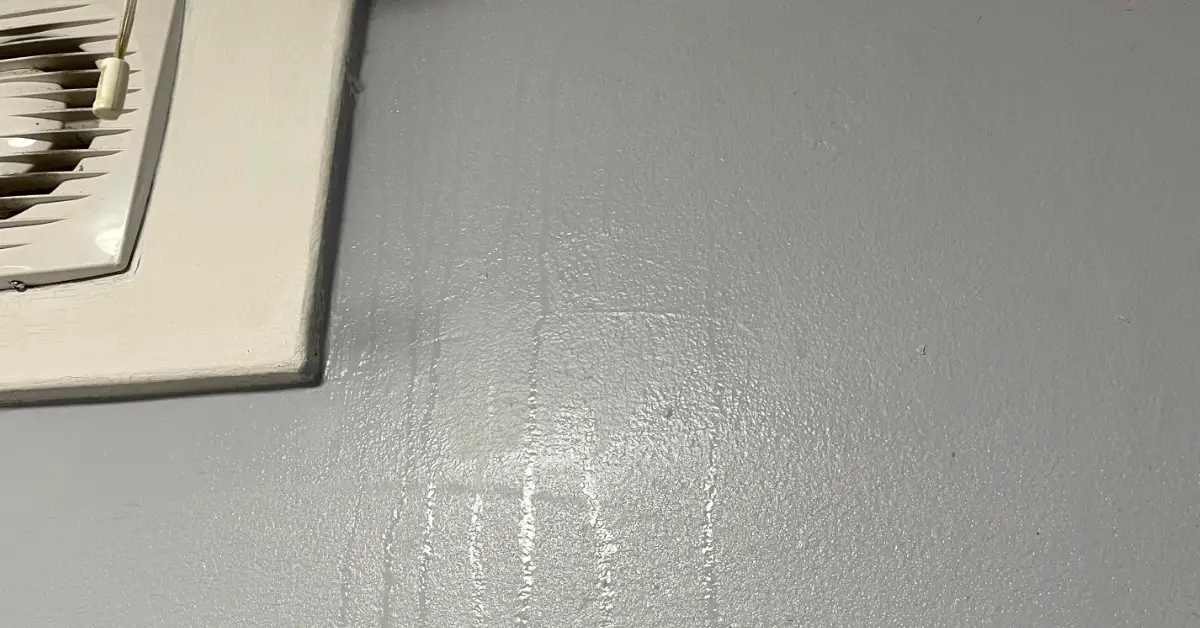Cold spots of walls – a Victorian problem
Cold spots on walls, an unfortunate issue for old homeowners. Cold spots bring on dampness which can create a number of stressful problems. Thankfully, there are steps that can be taken to reduce the effect that cold spots are having on your home.
Any issue with damp and mould can be stressful. This guide will aim to give you some background knowledge on the problem along with easy-to-implement solutions.
What are cold spots on walls?
Quite literally cold spots on walls refer to areas of a wall that feel colder to the touch than the surrounding areas. These spots can occur on both interior and exterior facing walls and are often a sign of a problem with insulation or air leakage.
Cold spots on walls are very typical in older houses due to how they are constructed. Pre-1920 houses tend to be built with one solid masonry wall. More modern houses are typically built using the cavity method enabling insulation to be added to keep walls warm.
The cavity method means there is an external and internal layer of bricks with a gap or cavity in-between. During colder weather the exterior facing wall can absorb the cold, keeping the internal wall warm and dry.
Older houses, however, are prone to getting cold as there is only one solid wall which takes the brunt of the cold.
Cold spots can also be a sign of a structural issue such as missing insulation or a leak in the wall.

They tend to indicate poor energy efficiency in a building, as the warm air inside the building can escape through these areas, causing the temperature to drop.
What problems can cold spots cause?

Cold spots on walls can cause a number of problems and can be a real headache for homeowners.
- Condensation and mould: condensation is attracted to cold surfaces and can lead to mould growth. This issue is not only bad for the walls but can also create a health hazard in your home.
- Increased energy costs: Cold spots on walls can indicate that warm air is escaping from the home. Checking key areas such as around door and window frames to ensure they are correctly sealed can help minimise these issues. If heat is escaping from your home the system will have to work hard to maintain a comfortable temperature, which leads to increased costs.
- Uncomfortable living conditions: Cold spots can make certain areas of the home feel colder and less comfortable, which can be especially problematic in rooms that are used frequently such as bedrooms or living rooms.
- Structural damage: if a cold spot has been caused by a leak, for example, it can lead to further issues. Identifying the source of the problem is key and will help minimise long-term damage.
Why do cold spots on walls occur?
- Old masonry walls – as mentioned above the construction of the wall can make it more susceptible to cold spots. Understanding the construction of your home can ensure in you can implement the correct solution.
- Poor insulation – cavity walls without insulation can lead to the cold seeping through leading to a cool interior wall.
- Drafts – check the sealing around window frames and doors. Unfortunately, over time window sealant can erode and leave gaps that allow cold air to enter.
- Leaks – checking for leaks both internally and externally can help identify any potential source that is enabling moisture to penetrate into the interior of your home. Leaky guttering for example can lead to water cascading down a wall, leaving the surface cold and damp.

How to detect cold spots on walls
Depending on the severity of the issue the most common sign of a cold surface will be the presence of mould and mildew. Outbreaks of mould are normally an indication of condensation, often caused by a cold surface.
Another simple test is to feel the surfaces of your walls to identify cold patches or areas. Often due to condensation, these areas might have flaky or even damp paint which is a key indicator of a potential problem.
In areas where there is a potential draft, you will be able to feel cold air entering your home. This is another sign that additional seals, draft excluders or refurbishment are necessary.
Finally, if you can get access to a thermal imaging camera it will enable you to scientifically inspect your walls. We would recommend renting this equipment as it is expensive to buy.
Why do cold spots cause mould?
Cold spots and mould go hand in hand due to how condensation forms on walls. When warm air such as that inside a home hits a cold surface, it causes the water vapour to condense and turn into a liquid.
A common example of this process is a cold window and how warm air from inside the home condenses, often causing pools of liquid.
Cold spots on walls are a bigger example of this problem and when water is repeatedly condensing in the same spot it will eventually lead to issues with mould and mildew.
Solutions for cold spots on walls
- Temperature – keeping your walls warm with consistent heating ensures they don’t suffer from temperature peaks and troughs which can lead to condensation. During cold spells keep a consistent temperature by running your heating all day but at a lower temperature. Modern boilers are often intended to operate in this manner making it more energy efficient than turning it on and off multiple times in the day.
- Insulate: Insulating the walls can help to keep warm air inside the home and reduce your cold spots. You can add insulation to the walls by blowing them in or installing batts. Before doing so, it’s important to check the current insulation level of your house and to only add more if necessary.
- Seal drafts: Check for drafts around windows, doors, and electrical outlets, and use caulk or weatherstripping to seal them. This is a simple yet very effective solution and can be done with cheap materials. Resealing will prevent cold air from entering the home and reduce the number of cold spots.
- Check for leaks: Look for leaks in the walls, especially around pipes, ducts, and chimneys. These leaks can allow moisture to enter the home and create cold spots and damp. If you find a leak, it’s best to have it fixed by a professional.
- Assessing the exterior: checking brickwork and other structures for damage will also help identify where cold spots may be coming from. Old pointing and weather damage can lead to cold seeping through brickwork, especially in older houses.
It’s important to keep in mind that some of these solutions may require professional assistance, especially if the problem is structural in nature. But addressing cold spots can hugely improve any condensation issues you have within your home, making it warm and more comfortable.
Check out our condensation damp blog for further tips on dealing with cold spots within the home.


Leave a Reply